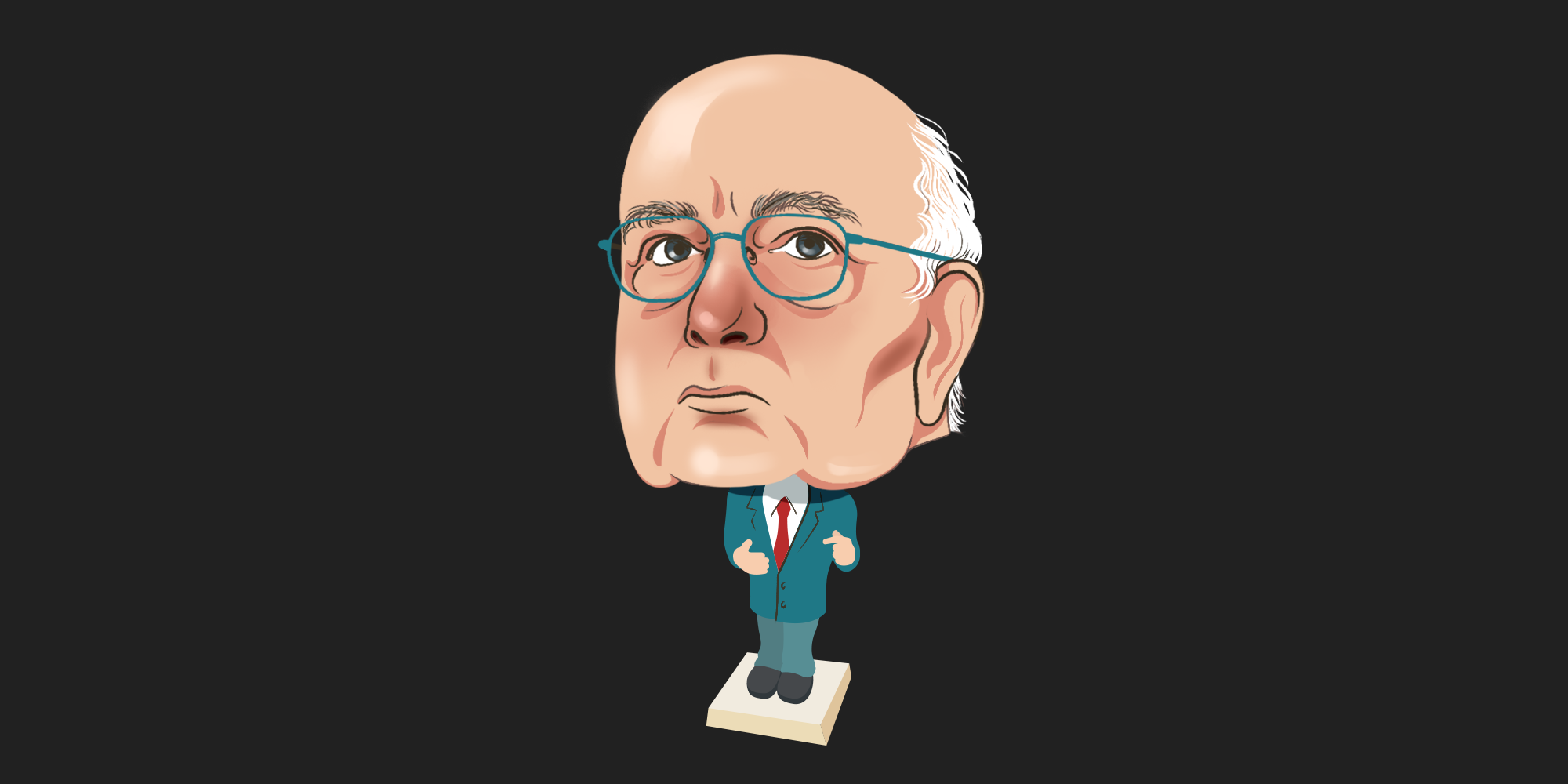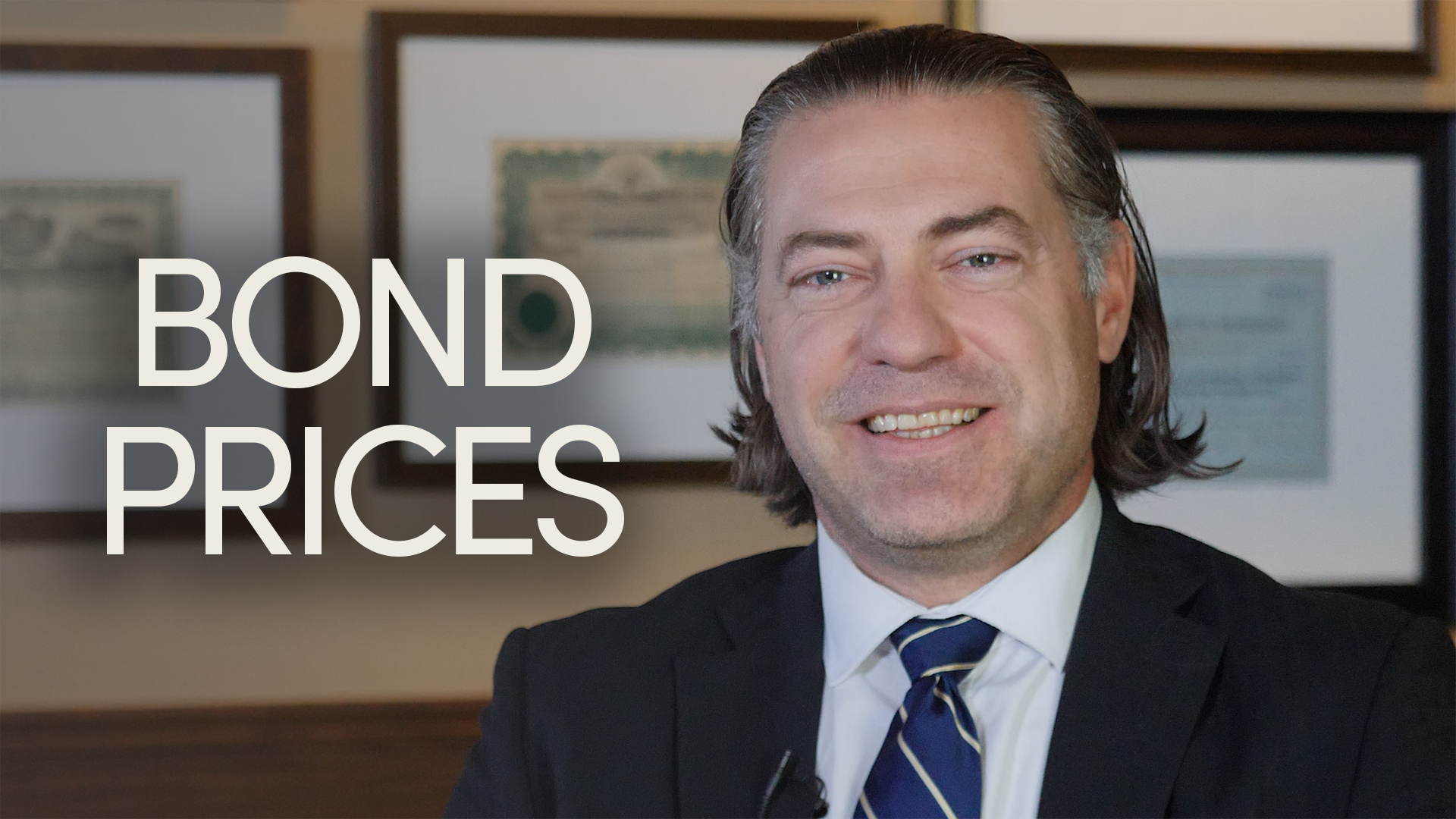There was no guarantee interest rates would stay low forever, but that didn’t stop people from hoping and believing they would. Then inflation spiked in 2021 — and proved not to be transitory — so central bankers finally chose to act in 2022 — and interest rates went up, way up.
“They did not expect all the money they created during the pandemic would actually cause inflation,” the team at Canso Investment Counsel Ltd. said of central bankers, in their July 2023 Market Observer.
“Why would they, given recent monetary history? Central banks had printed money galore for years, with nary an inflationary consequence.”
The role of recency bias
Recency bias is a cognitive bias that causes people to make conclusions based on recent events. This leads to emotional decisions based on recent or short-term outcomes that neglect the rational aspects of the situation and what occurred further in the past.
Many investors and policymakers believed that since interest rates were so low for so long that they were going to stay low, in spite of evidence to the contrary, Canso explains in its newsletter.
“Central bankers and homeowners suffer from recency bias … but what if the recent past in interest rates was the exception, not the rule?,” Canso said.
‘Don’t be so gullible, McFly’
The recession prognostications started not long after the end of the COVID recession, which was the shortest one in history. Experts have been warning of a new looming recession for some time now, based on their observations of the inverted yield curve, which occurs when short-term yields are higher than long-term yields.
To the team at Canso, “the current low level of bond yields is the ultimate expression of bond managers’ Back to the Future mass psychosis. Rates would go down after the peak because they had always gone down, at least in most bond managers’ experience.”
“Recency meant psychologically that bond managers expected inflation to very quickly move down as interest rates rose,” they said.
But, this hasn’t been the case.
Rates at multi-decade highs
“Interest rates are the price of capital and economic agents used to zero cost capital are obviously not happy. We’ve gone from costless capital to very costly capital in a very short period,” the July 2023 Canso Market Observer said.
That’s left everyone wondering how much rates have to rise for things to slow down enough – and when higher rates will kick into sufficiently slow economic activity and bring down inflation.
To the experts at Canso, the answer is “probably more than expected, given the massive monetary stimulus during the pandemic.”
As Canso has said in previous newsletters, “it’s hard to believe that things are tough when the stock markets and high yield bond markets are producing strong returns. We continue to think that the end game for monetary policy will be for more resolve and therefore more tightening than the experts and markets expect” (in order to slay the inflation dragon).
CPI FTW?
The June 2023 CPI (consumer price index) reports out of Canada and the U.S. came in at +0.1% and +0.2% overall, respectively. Markets rejoiced, positing that it could perhaps signal the end of rate hikes and rampant inflation.
One month does not constitute a trend though, so the jury remains out on this one. But, “if June is not the start of a trend and the long-awaited turning point for inflation, it clearly is going to take further tightening to get inflation down to 2%,” Canso said.
As much as the masses would love the The Ramones song Here Today, Gone Tomorrow to apply here, it seems highly unlikely, with the Canso team stating, “we are not so sure that U.S. inflation is well and truly gone.” The only thing they are certain of is “that nobody has any idea of next year’s inflation, especially central bankers.”
Memories of Arthur Burns
Former Federal Reserve Chairmen Arthur Burns and Paul Volcker left very different legacies in the wake of their tenures as the most powerful central bankers of their day. Volcker is lauded for wrangling the inflation beast that many view as Burns’ creation.
Now that we’re dealing with the first major burst of inflation in decades, nobody wants to be lumped into the same category as Burns, who is often said to have been the worst Fed Chairman in history.
As Canso suggests, “the central bankers know they blew it with letting money supply expand too much and for too long. 2023’s central bankers do not want to go down in infamy as the monetary fools who stopped tightening too early and caused an even bigger inflation problem.”
It seems doubtful that Mr. Burns’ policy mistakes would be deliberately repeated by Jerome Powell and his team, given their frequent comments that a non-committal approach to raising interest rates to slow the economy and choke off inflation would be a mistake — precisely what Burns did.
Short-term gain could trigger long-term pain
It’s supposed to be the other way around, but a lot of things are upside down or backwards these days. Not just the yield curve.
Canso pointed out in a recent publication that the Treasury Bill yield exceeded that of a long Canadian corporate bond, which means there is no compensation whatsoever for the credit risk of the latter.
“When investors are more worried about missing upside than the downside risk, it’s time to batten down the hatches and prepare for heavy weather,” it said.
Read the full July 2023 Canso Market Observer here.
DISCLAIMER: The views and information expressed in this publication are for informational purposes only. Information in this publication is not intended to constitute legal, tax, securities or investment advice and is made available on an “as is” basis. Information in this presentation is subject to change without notice and Canso Investment Counsel Ltd. does not assume any duty to update any information herein. Certain information in this publication has been derived or obtained from sources believed to be trustworthy and/or reliable. Canso Investment Counsel Ltd. does not assume responsibility for the accuracy, currency, reliability or correctness of any such information.





